Current Research projects with theTRElab
Ren, J.W.F. and G.C. Coffman. 2023: Integrating the resilience concept into ecosystem restoration (PDF) https://doi.org/10.1111/rec.13907
G.C. Coffman, Kwek, L.B.L, Muhammad K.F.B.S, 2022: Biodiversity Record: Sunda pangolin at the Botanic Gardens
See Dr. Coffman’s past research projects here
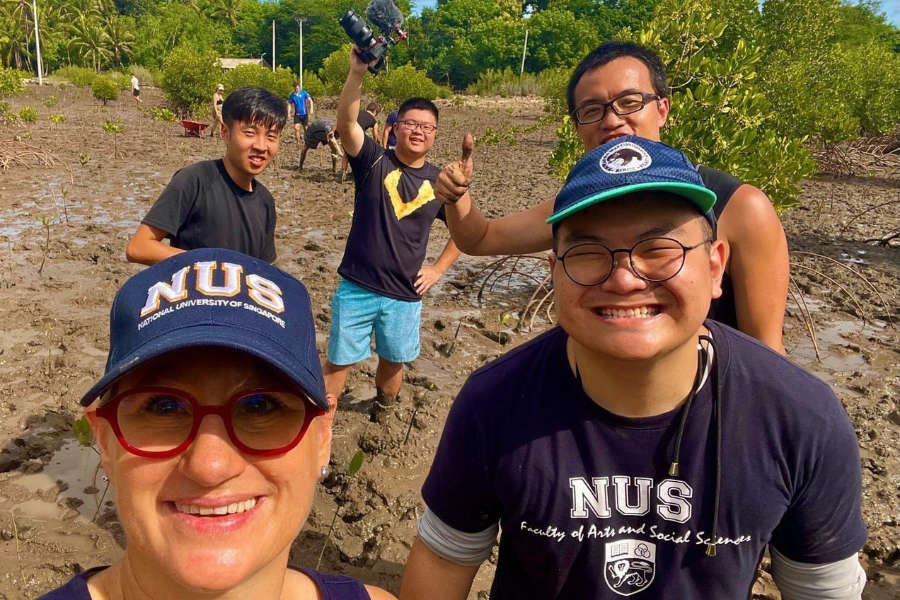
Riparian Restoration
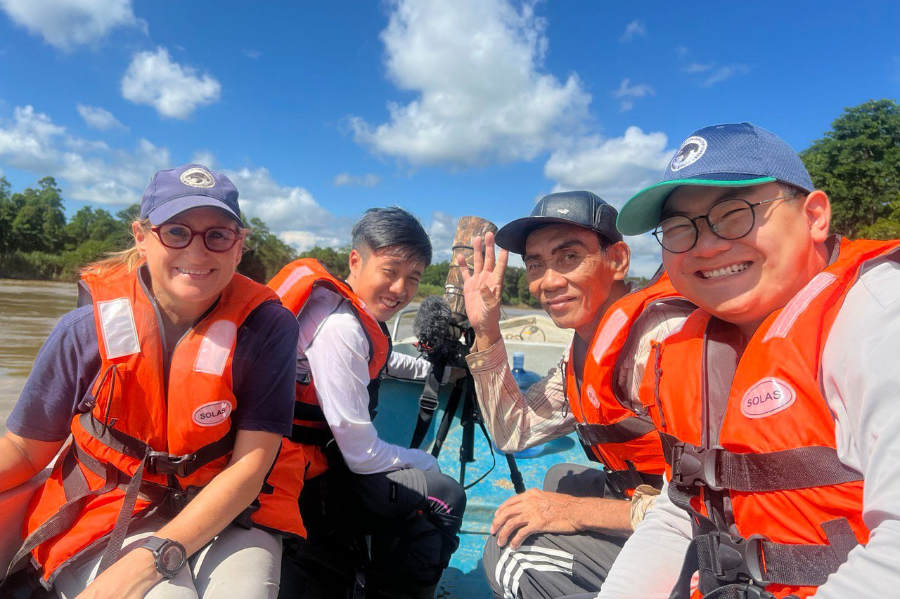
Mangrove Restoration
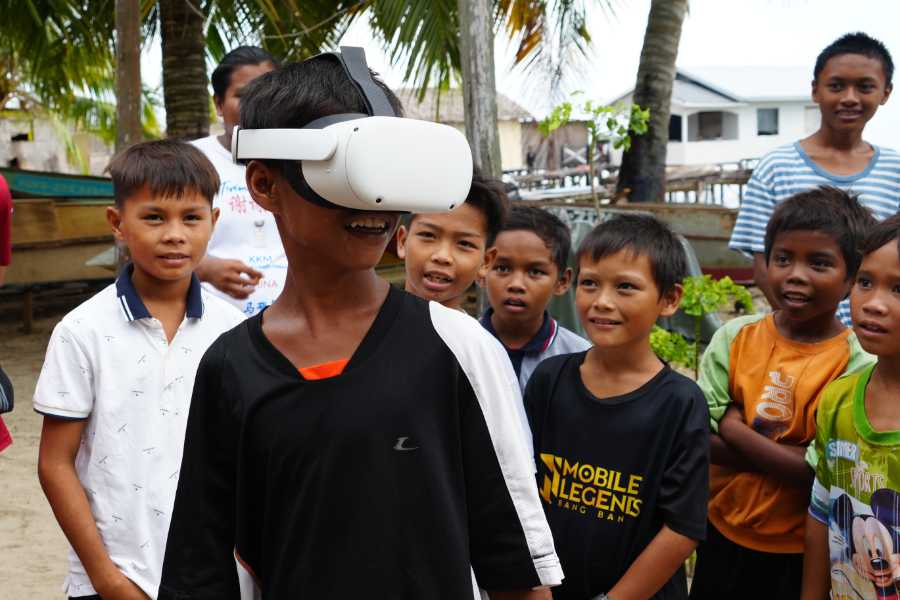
Community Outreach 360 film
Roots to Reefs 360 VR Educational Film Project
2022 – Present
Funded by the National University of Singapore through a Blended Learning 2.0 grant.
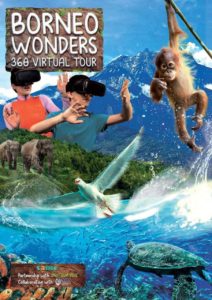
Our team has produced two 360 Virtual Reality field trip experiences – Diving into the Coral Triangle and Tropical Rainforests.
The aim of our virtual field trips is to enhance student engagement and understanding of marine ecosystems, threats, local community connections to these ecosystems, and conservation solutions through virtual field experiences. Students explore and discover the biodiversity of Southeast Asia’s oceans and rainforests and current issues of sustainability in a hands-on way, including learning about threats to ecological diversity and functions, conservation strategies of oceans and rainforests, sustainable resource management with the communuities.
Students in the GE3255 module will go on a Virtual Aquatic Ecosystems Field Trip to the NUS Imaginarium and 360imx (IMmersive eXperience) Theater at the Central Library for a deep dive in aquatic ecosystems through virtual reality film.
Roots to Reefs Community-based Restoration, Lombok Indonesia
2019 – Present
Mangrove forests, seagrass meadows and coral reefs fringing estuaries in Southeast Asia’s coral triangle support the highest aquatic biodiversity in the world.
More than 500 million people worldwide depend on these ecosystems for food, storm protection, jobs, and recreation. These ecosystem services are worth an estimated 375 billion dollars annually. However, these ecosystems have been significantly impacted over the last century by coastal development, agriculture, poaching, fish bombing, and climate change.
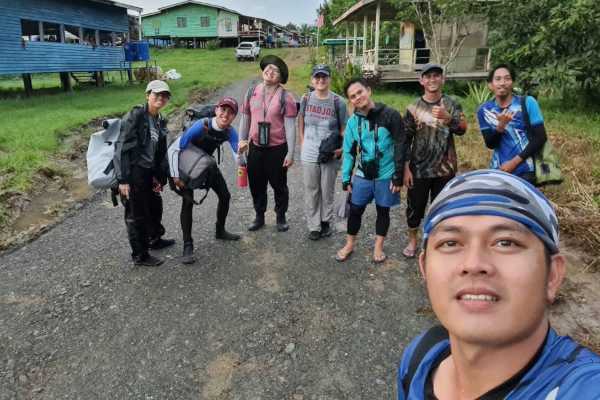
The coronavirus pandemic has created additional environmental impacts, including increased poaching, habitat destruction, and a plethora of plastic pollution. With limited sources of income caused by the pandemic, Southeast Asian coastal communities have reverted back to extractive uses.
We are working with communities after the pandemic to explore ways in which community-based habitat restoration provide hope for people and wildlife in Southeast Asia’s coral triangle.
Singapore Botanic Gardens (SBG) Wetland Restoration Monitoring Program
2020 – Present
Senior Lecturer, NUS. Worked closely with SBG conservation staff collaborators and NUS graduate students to develop a wetland restoration monitoring program as part of a long-term, longitudinal study at Keppel Wetlands and EcoLake wetlands. Developed a hybrid in person/online training program for NUS undergraduate students.

Biodiversity Record: Sunda pangolin at the Botanic Gardens
Gretchen Christina Coffman*, Lewis Kwek Boon Leong & Muhammad Khairul Fikri B. S.
Restoration of Critically Endangered Asian Swamp Cypress Trees of Laos
2014 – Present, National University of Singapore, Geography department
Article at Arnold Arboretum of Harvard University
Funded by grants from the National Geographic Conservation Trust, Chicago Board of Trade, MBZ Species Conservation Fund, and USF Faculty Development Funding.
These grants supported a research team comprised of international researchers, USF students, local government officials, and local University Botany Professor and students. In January and July 2015, we located, measured, and documented almost 600 trees in living stands of the critically endangered cypress (Glyptostrobus pensilis) within the Nakai-Nam Theun National Protected Area (NNT NPA) in Laos. We collected plant tissue for DNA analysis, tree cores to determine the age of trees, other ecological data to help in restoration planning, and seeds to propagate the trees and restore these wetland ecosystems. In 2017, our team documented 200 trees that were cut down by Vietnamese poachers.
In November 2017, IUCN Conifer expert Philip Thomas led an expedition to collect seed from the NNT NPA. We were successful in propagating almost 2,000 seedlings, which was the first time wild seed had been propagated anywhere in the world. In January 2018, Dr. Brendan Buckley of Columbia Universities Tree Ring Lab joined our expedition to take cross section samples from the trees that were felled.
On all of our expeditions, our team worked on outreach with wildlife protection authorities and villagers to educate them about the value of conserving these trees for their community. We also worked with national wildlife protection authorities to develop a concept for outreach to local stakeholders, especially local villagers, about the importance of these trees and the value of conserving them for their community. We produced a 10-minute Glyptostrobus outreach video for local Watershed Management and Protection Authority (WMPA) that will be translated into the Lao language.
We have shown this film to dozens of villagers, government organizations, and other stakeholders in the watershed. I designed and produced a laminated Glyptostrobus information card for government staff and other stakeholders to use in the field and a poster for conservation outreach to be distributed to appropriate villages by WMPA. I helped organize and lead a one-day conservation strategy workshop for WMPA and NTPC Stakeholders in 2017 as well as a Provincial-level restoration workshop in July 2018.
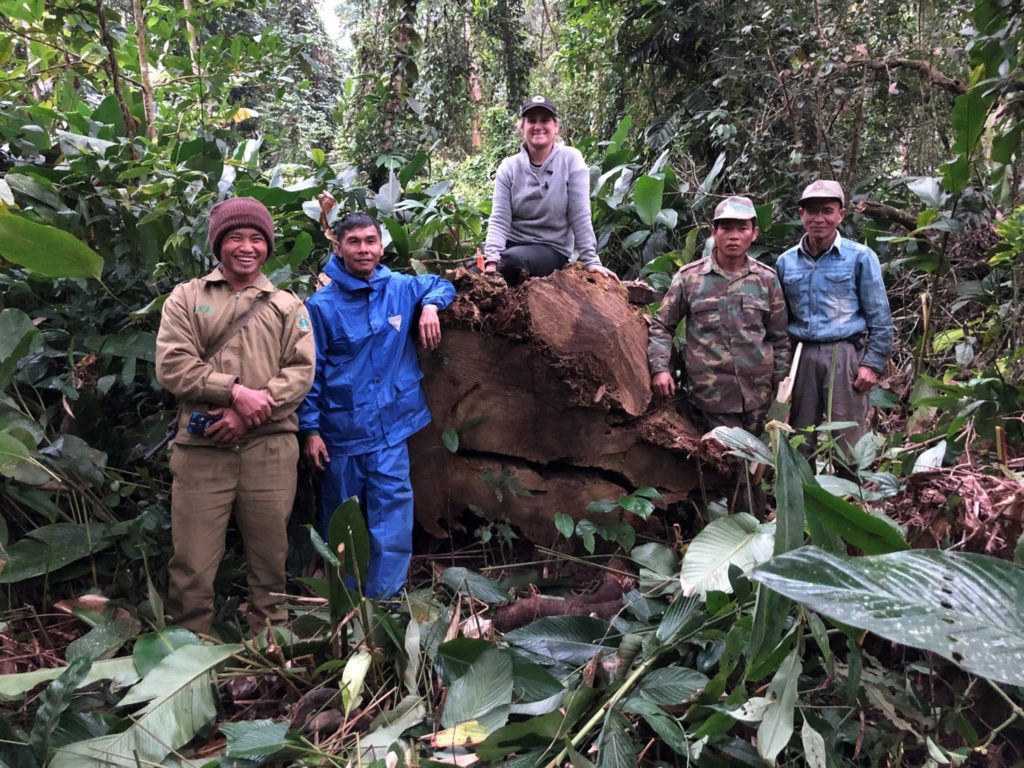
Sabah Restoration Network
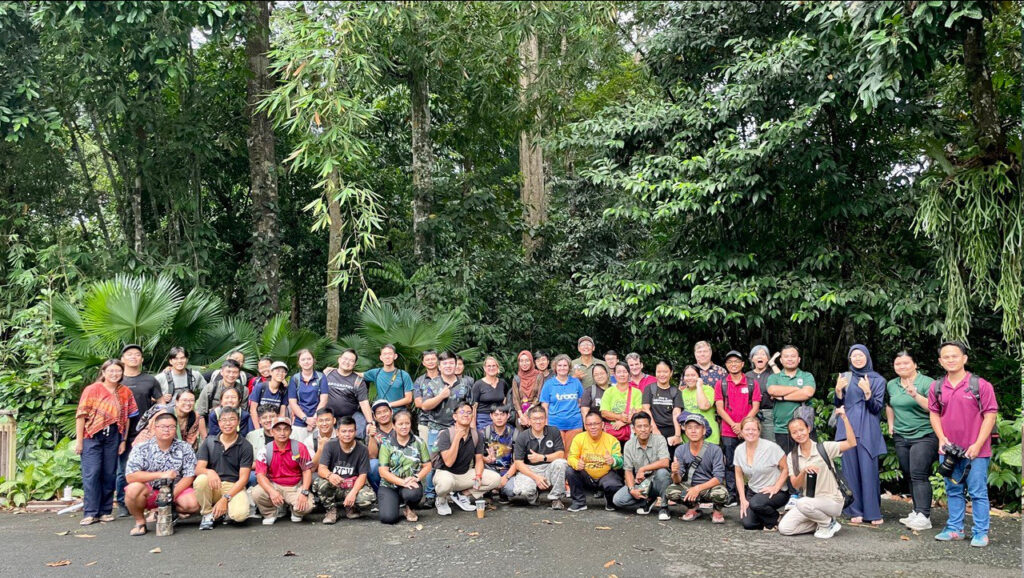
Sabah Restoration Network – Participants of Resilience in Restoration Conference
